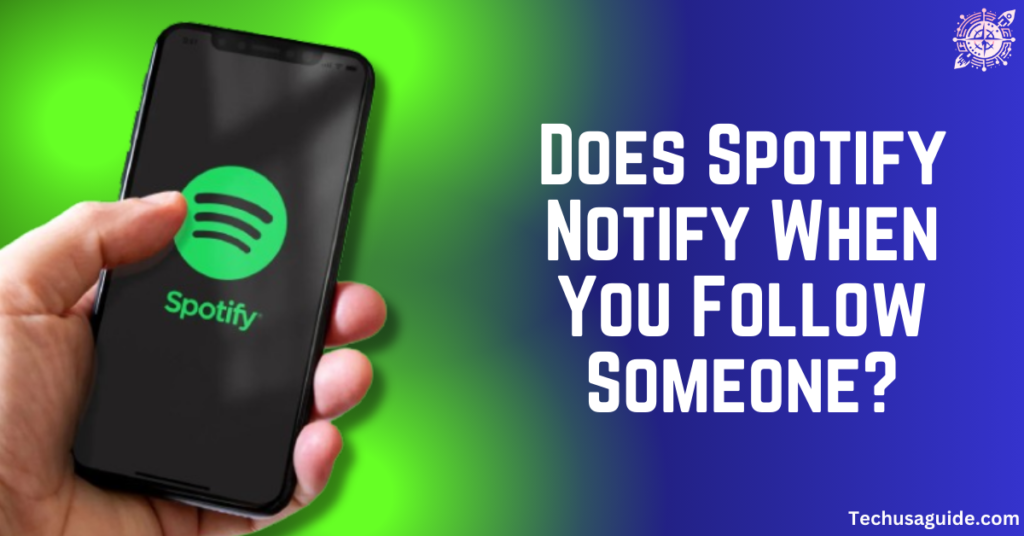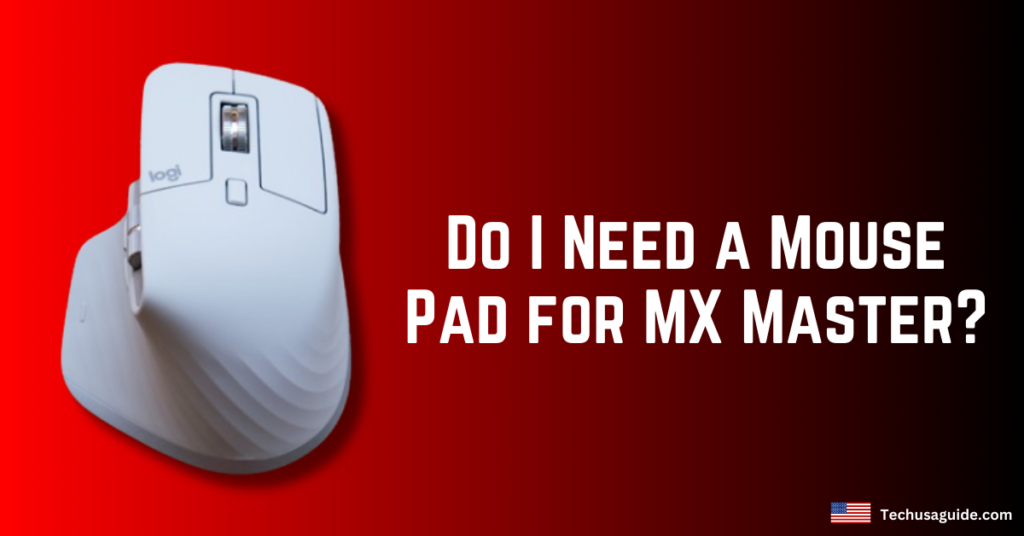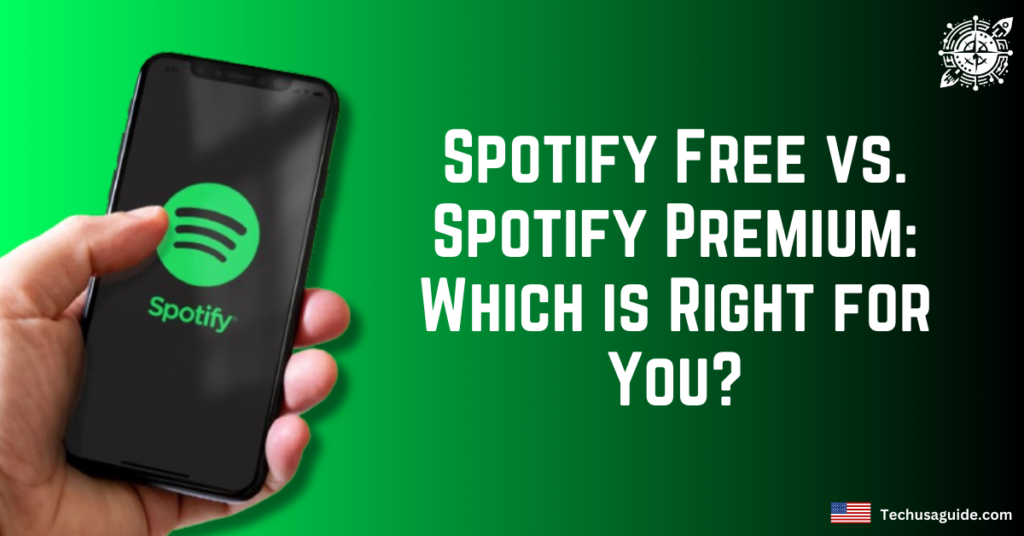The Rise of Spotify
Spotify has completely changed the way we listen to music. Ever since it was introduced in 2008, this streaming service has become a major player in the industry, with a staggering 600 million monthly active users as of 2023.
Spotify has become a popular choice among music enthusiasts due to its easy-to-use interface and extensive collection of songs.
Key Takeaways
- Do artists get paid from Spotify?
- Understand how Spotify generates and distributes revenue.
- Learn about the different types of music royalties and how they are calculated on Spotify.
- Discover factors affecting artist earnings, including geographical influence, user subscription types, and the number of streams.
- Explore the criticisms of Spotify’s payment system and how it compares to other streaming services.
- Get practical tips for maximizing earnings on Spotify.
- Gain insights into the future of artist payments on the platform.
Purpose of the Article
Let’s dive into the payment model used by Spotify and shed some light on how it works. If you’re a content creator or a musician, it’s important to understand how Spotify pays artists well.
Let’s go over the revenue streams, discuss how royalties are calculated, and delve into the factors that can impact your earnings. After going through this guide, you’ll completely grasp Spotify’s payment structure and learn how to optimize your revenue on the platform.
The Spotify Payment Model
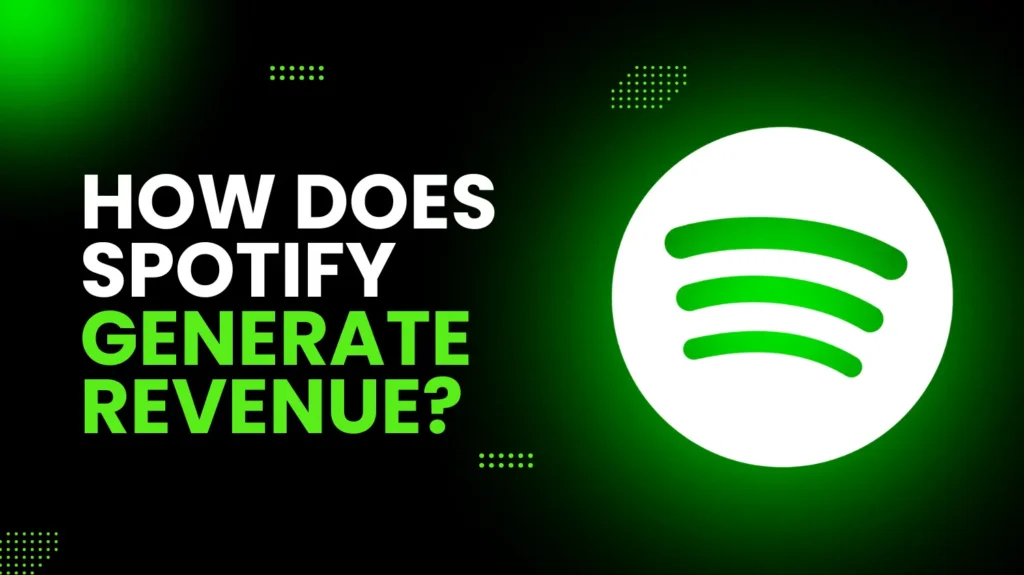
How does Spotify generate revenue?
Spotify’s revenue comes from two primary sources:
- Subscription Fees: Subscribers who choose the premium option enjoy a variety of exclusive perks, such as an ad-free listening experience, the ability to download content for offline use, and enhanced audio quality. With this subscription, you can enjoy your favorite songs without any interruptions and the added convenience of listening to them offline. Moreover, the improved audio quality guarantees that every note and beat can be heard with utmost clarity.
- Advertising Revenue: Users on the free tier of Spotify can enjoy their music while also supporting the platform through the inclusion of ads. Spotify’s advertisements are strategically tailored to match user data and preferences, ensuring a customized listening experience while also generating revenue for the service.
How is Spotify’s Revenue Distributed?
Once Spotify collects revenue, it’s divided among various stakeholders:
- Spotify: It takes a considerable amount to cover operational costs and ensure a healthy profit margin.
- Rights Holders: Includes record labels, publishers, and distributors.
- Artists: You can receive a share based on agreements with your labels or directly if you are independent.
The Role of Record Labels
Record labels have a significant impact on how revenue is distributed in the music industry. Artists who are signed to record labels often make less money per stream than independent artists. This is because the labels take a portion of their earnings, which can greatly decrease the amount of money they receive from streaming platforms.
On the other hand, labels can offer artists valuable resources like marketing, production, and distribution, which can greatly enhance their exposure and earnings in the long term. These resources offer artists the opportunity to work in top-notch recording studios, collaborate with seasoned producers, and benefit from powerful marketing campaigns that can take their careers to the next level.
In addition, record labels often have well-established connections within the industry, which can help artists collaborate with other musicians and increase their visibility and opportunities. Sharing revenue with the label may be a trade-off, but the potential for increased recognition and financial success makes it a worthwhile consideration for many artists.
Do artists get paid from Spotify?
Yes, artists do get paid by Spotify. They get paid in two ways: fees and streaming income. However, the amount they get can change a lot based on things like their contract with the music company, how many streams their song gets, and how popular it is.
To begin, let us look at how royalties are paid in the music business. When an artist signs a record deal with a music company, they get an advance payment, a lump sum of money they can use to pay for their living and recording costs.
The artist starts getting royalties based on their deal with the company once their record or song is available on services like Spotify.
Understanding Royalties
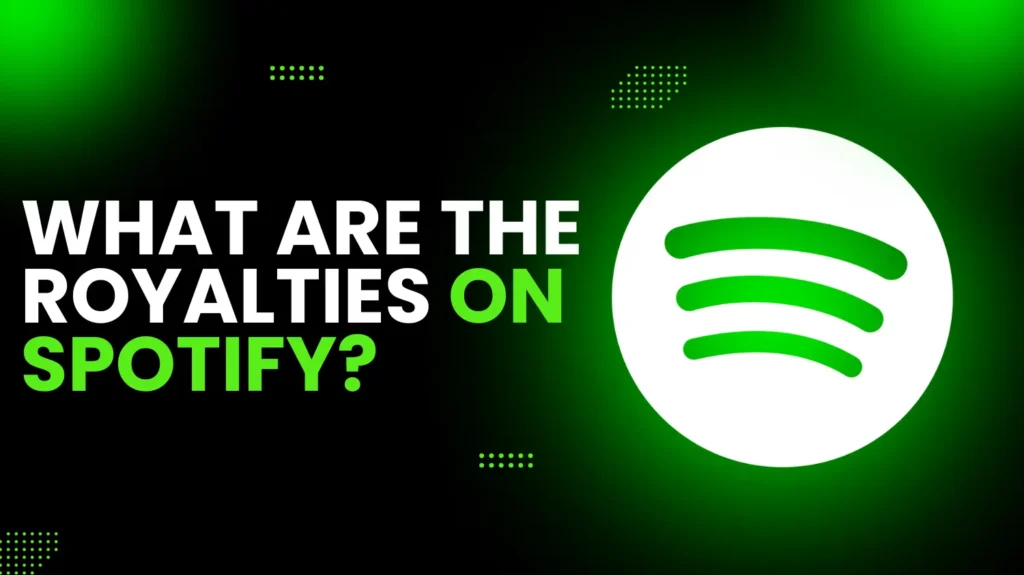
What are the royalties on Spotify?
Music royalties are payments to rights holders for using their work. There are two main types:
- Mechanical Royalties: Payments known as royalties are made to musicians, songwriters, and producers for the use of their creative works, which are reproduced and distributed in the form of music. These payments help ensure that artists are fairly compensated whenever their music is played, copied, or sold.
- Performance Royalties: Music can be earned through public performances, such as streaming on different platforms, live concerts, radio broadcasts, and other public venues where music is played.
How Does Spotify Calculate Royalties?
Did you know that Spotify actually uses the “stream share” method to calculate royalties? They have an interesting approach! So basically, how much money an artist makes depends on how many streams they get on the platform. Simply put, when an artist’s songs gather more streams in comparison to the total number of streams, their earnings increase.
There are several factors that can affect the rates, such as the country of origin for the streams, the type of subscription (free or premium), and the agreements made with record labels and distributors.
This system is designed to ensure a fair distribution of revenue by considering actual listening patterns and taking into account different external factors.
Spotify Payout Per Stream
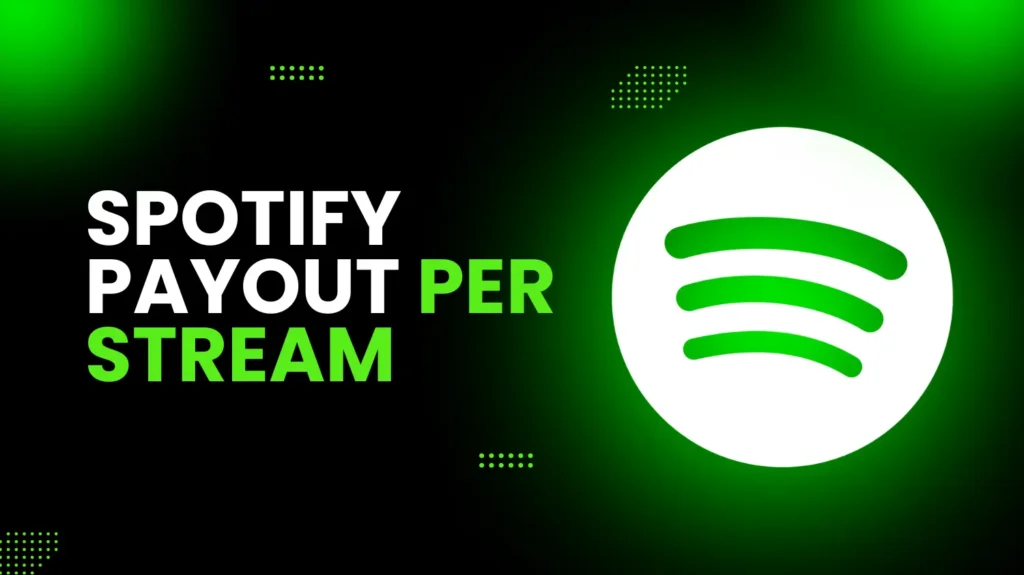
Average Payout Per Stream
Spotify usually pays around $0.003 to $0.005 per stream. The listener’s position and subscription type are just two factors that can affect the price.
Variation in Payout Rates
Payout rates can fluctuate due to:
- Geographical Influence: In general, streams from countries such as the United States and the United Kingdom generate higher payouts due to their larger audiences and higher advertising revenues. This frequently leads to more lucrative opportunities for content creators with a substantial following in these regions.
- User Subscription Type: Streams from premium users hold higher value compared to those from free users because of the way ad revenue is distributed. The reason for this is that premium users provide a steady stream of revenue through their subscriptions, whereas free users primarily contribute through sporadic ad views. Therefore, premium streams have a much greater financial impact overall.
Factors Affecting Artist Earnings on Spotify
Listener’s location
Where your listeners are located can have a big impact on how much you earn. Streams from countries with higher ad revenues and subscription fees lead to greater payouts.
User Subscription Type
Artists earn less from free-tier users because they generate lower ad revenue compared to what premium users pay in subscription fees.
Number of Streams
It’s important to consider the volume of streams. Having more streams results in a larger portion of Spotify’s overall revenue. There are a few ways you can boost your streams, such as getting your songs featured on popular playlists and promoting them on social media.
Revenue Split Between Rights Holders
The revenue is divided among songwriters, producers, and performers. It’s worth noting that publishing rights also come into play, as publishers receive some royalties.
What is the Spotify pay controversy?
There has been a lot of talk and debate within the music industry about Spotify’s payment model and its low payout rates. Prominent artists and industry professionals are expressing their concerns about the platform’s current system, claiming that it does not adequately recognize the value of their work and does not offer fair compensation.
There have been some noteworthy criticisms regarding revenue distribution, with concerns raised about the unequal share going to top-tier artists. At the same time, independent musicians face challenges in earning a sustainable income.
Moreover, many people worry about the lack of transparency in the calculation and distribution of earnings, which has resulted in an increasing call for reform in the payment structure of the streaming giant.
- Inadequate compensation for smaller artists.
- Lack of transparency in revenue distribution.
Comparing Spotify’s Payout Rates with Other Streaming Services
Spotify’s payout rates are typically lower when compared to services like Apple Music and Tidal. On the other hand, Spotify’s extensive user base can help balance out this difference for certain artists.
How much does each platform payout per stream?
The payouts from streaming platforms can vary and depend on several factors, such as the artists’ contract with their record label, the listener’s location and subscription type, and the platform itself. Below, we’ve outlined the average music streaming payouts per stream for the top streaming platforms as of 2024.
| Streaming Platform | Average Payout per Stream |
|---|---|
| Tidal | $0.01284 |
| Apple Music | $0.008 |
| Amazon Music | $0.00402 |
| Spotify | $0.00318 |
| YouTube Music | $0.002 |
| Pandora | $0.00133 |
| Deezer | $0.0011 |
How to make more money on Spotify?
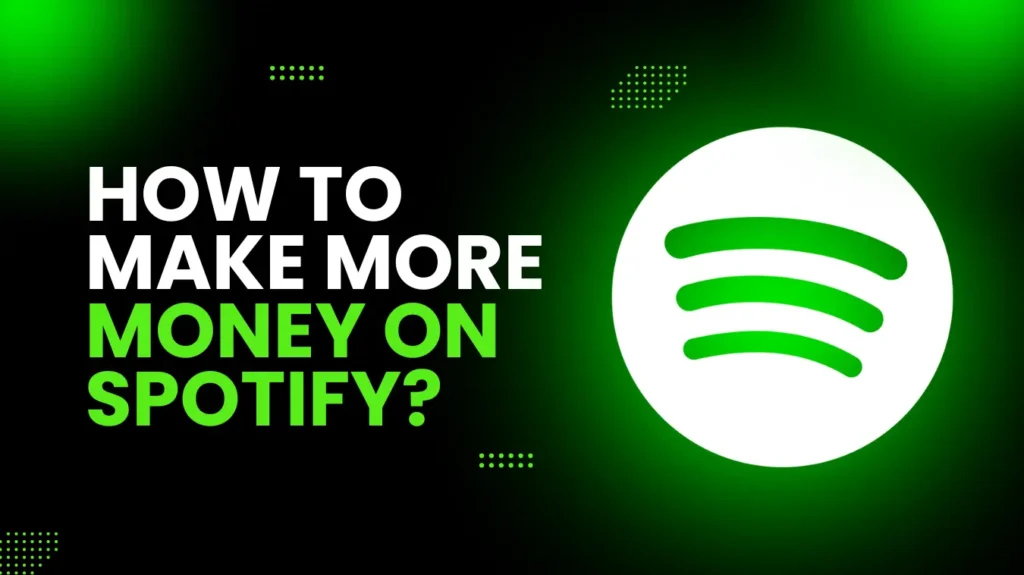
Optimizing Profile and Content
- Complete Your Artist Profile: Make sure your profile is fully updated with recent photos, detailed bios, and links to your social media accounts. This helps others get a complete picture of who you are and makes it easier for them to connect with you. Don’t forget to add your latest achievements and any relevant experience to make your profile really stand out.
- Leverage Spotify for Artists Tools: Discover the power of analytics and promotional tools to gain valuable insights about your audience and enhance your online presence.
Promoting Music on Spotify
- Effective Promotion Strategies: Instagram, Twitter, and Facebook are good places to share music and updates. This and frequent email newsletters will keep your audience informed about new products, events, and unique material. To attract new listeners and increase Spotify traffic, consider cooperating with other artists on collaborative projects or cross-promotions.
- Utilizing Playlists and Collaborations: Popular playlists may boost your streams by exposing you to new listeners. This strategy will help more people find your music, growing your fans and industry visibility.
Engaging with Fans
- Building a Loyal Listener Base: Connect with your audience on social media and during live sessions by providing valuable content, addressing their questions, and offering interactive experiences. Utilize these platforms to cultivate solid connections and nurture a sense of camaraderie.
- Interactions Through Spotify Features: Create exciting content using Spotify Canvas and Storyline. Spotify Canvas lets you add looping images to your songs, making them more visually attractive. At the same time, Storyline helps you communicate the stories behind them, connecting with your audience.
Alternative Revenue Streams
- Merchandising: Sell branded merchandise to supplement your income.
- Live Performances: Perform live shows and virtual concerts.
- Crowdfunding: Use platforms like Patreon to secure direct financial support from fans.
Future of Artist Payments on Spotify
Potential Changes in Payment Models
Industry trends suggest a possible shift towards a user-centric payment system. This model would distribute revenue based on individual user subscriptions rather than total streams.
Spotify’s Response to Criticism
Spotify has introduced initiatives to address payment concerns, such as increased transparency and new monetization features for artists. Statements from Spotify executives indicate ongoing efforts to improve artist compensation.
Will Spotify pay artists in 2024?
Spotify is going to stop paying artists who don’t get 1000 plays a year in 2024. It’s bad for small artists who are just starting out. There’s no reason to be surprised about this because the music business has never cared about musicians.
Frequently Asked Questions (FAQs)
-
How are artists paid from streaming?
Streaming services pay musicians based on a pay-per-stream model, in which they get a small commission every time a user streams their song. Platform and other variables determine the quantity.
-
What is the average payout per stream on an app like Spotify?
Spotify streams are typically paid $0.003–$0.005. This number depends on the artist’s Spotify contract and country of residence.
-
Which streaming platform pays artists the most?
Napster pays artists the highest per stream, averaging $0.01682. Napster is less popular than other platforms.
-
Do all streams generate the same revenue for artists?
No, not all streams generate the same revenue for artists. Different subscription tiers, local markets, and other factors can influence the payout per stream.
-
How much does Spotify pay for 1 million streams?
One million Spotify streams typically cost $4,000–$7,000. However, the streaming platform and rights holders divide this money.
-
Who is the highest-paid artist on Spotify?
After last month’s update, Kanye West’s 2024 album VULTURES 1 replaced BTS. Swift remains Spotify’s queen with over 81 million lead streams and $327 million in profits.


